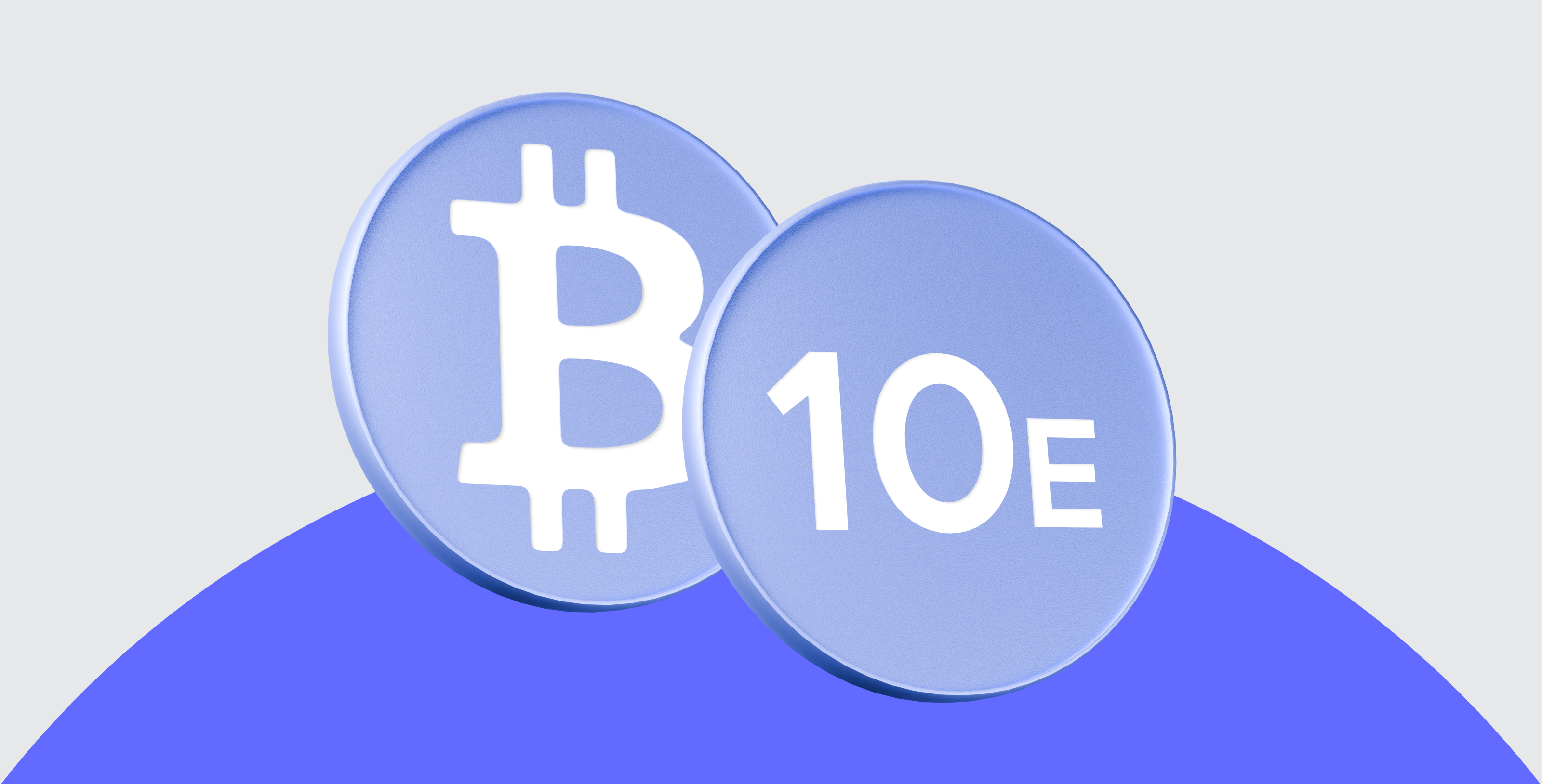The Ethereum Killer that No-One is Talking About

While Solana Grabs All the Limelight, Binance Is Slowly Growing in the Shadows
With all the focus on Solana and Cardano, it’s funny how no one is speaking about the 4th largest cryptocurrency in the world and a true challenger to the smart contract space, Binance.
What Is Binance?
Binance is a cryptocurrency trading exchange founded by Changpeng Zhao, known in the crypto community as ‘CZ’. A cryptocurrency trading exchange is similar to that of the JSE or the NYSE but for crypto-related products.
Due to its wide variety of cryptocurrencies and features offered to its clients, Binance has grown to superstardom. It has become a “go-to” exchange for many to buy cryptocurrencies with a 2020 crypto exchange volume of around $2 trillion.
Believe it or not, this volume is growing at an alarming rate, with 2021’s total trading volumes ranging from roughly $60-$90 billion a day. This means Binance could be on track to do north of $20 trillion in trading volume this year. To put this into perspective, the second-largest exchange is only about a 5th of this volume.

Besides being an exchange for trading cryptos, Binance also has its own blockchain, the Binance Smart Chain (BSC). The BSC offers similar features to Ethereum, Solana and Cardano, in that it seeks to develop an ecosystem of decentralised finance (DeFi) products and services by facilitating these financial transactions using smart contracts.
DeFi is a subsector of the cryptocurrency industry challenging traditional financial institutions, including banks, insurance companies and stockbrokers, where entrepreneurs build semi-automated trading and lending systems atop blockchain networks.
Like Solana, BSC offers faster transaction times, lower fees and a programming capability that makes it easy for developers to create complex smart contracts.
But there is a catch...
While the BSC might offer much faster transactions and lower costs, it does compromise to get it.
The reason Ethereum is ‘slower’ is because a decentralised network operates across thousands of nodes or computers, and therefore it takes time for this network to reach a consensus’.
By the way, ‘consensus’ is just a fancy way of saying ‘agree’.
The reason the Binance network can operate at a much faster transaction speed is due to the fact that it only uses 21 validators. Therefore, much like Solana, it would appear that the BSC is giving up some decentralisation to bring about faster transactions.
What Is Binance Coin’s (BNB) Purpose?
Binance Coin (BNB) is the native cryptocurrency of the Binance network. The Binance coin was originally created as an ERC-20 token on the Ethereum network but has since moved away from this and developed its own network, The Binance Smart Chain (BSC).
BNB was created as an easy way for Binance users to pay trading fees and furthermore as a utility token.
A utility token is a token that cannot be considered as money but rather gives users access to products and services on that specific platform.
For example, Binance allows users to participate in multiple features. Such as trading, investing, earning interest, lend, borrow and much more. For all these features, Binance will charge a fee.
Under trading - users would pay a lower fee if they paid in BNB. Furthermore, the more BNB you hold, the more of a discount you can get on these trading fees.
Under use of the BSC - much like using Ethereum to pay fees when interacting with Ethereum protocols, users will need to use BNB to interact with the BSC and all the applications built on top of it.
Binance Coin’s Performance?
We know Solana and Cardano have been grabbing all the limelight over the past few months as their returns have been nothing short of astonishing, but Binance coin’s returns haven’t exactly been that far off.
Below we can see the returns of the biggest and most trusted cryptocurrencies.

Binance is currently the 3rd top-performing cryptocurrency. It is also the best performing centralised exchange cryptocurrency (CEX).
But returns don’t show you everything.
You need to follow the money...
Based on the total value locked (TVL) into smart contract platforms, Binance smart chain is the second-largest behind Ethereum, with 13% of all smart contract value locked.
The total value locked (TVL) is simply the number of assets currently being held on specific smart contract platforms. TVL, therefore, shows exactly which smart contract platforms are attracting the most money and hence the most adoption.
Why Would I Invest In BNB?
There are many good reasons to own BNB.
Perhaps, first and foremost, BNB gives you exposure to the biggest crypto exchange in the world while also giving you exposure to the second biggest smart contract cryptocurrency.
As stated above, the BSC offers faster transaction times, lower fees and a programming capability that makes it easy for developers to create complex smart contracts. This is clearly an attractive blockchain to developers as the TVL shows it to be the second biggest with regards to assets held in their smart contracts.
Yes, Binance has had its regulatory scrutiny from different governments worldwide, but they are actively trying to fix these issues.




